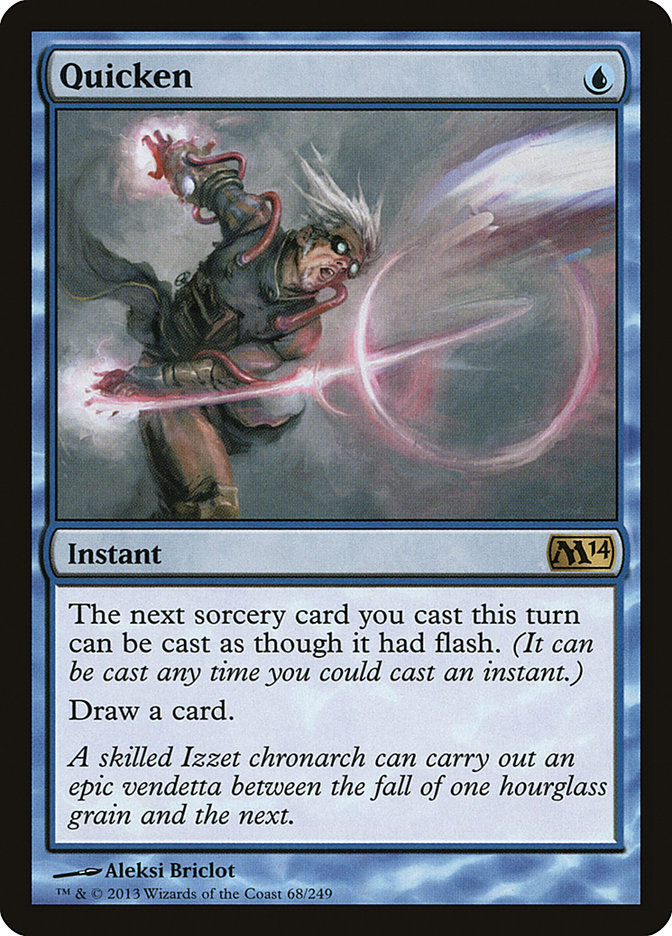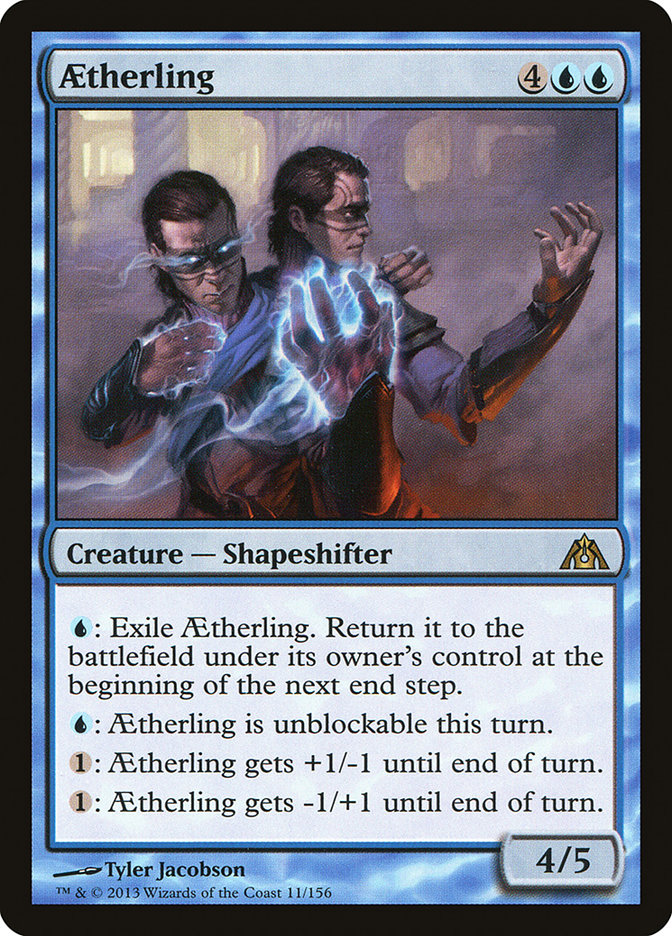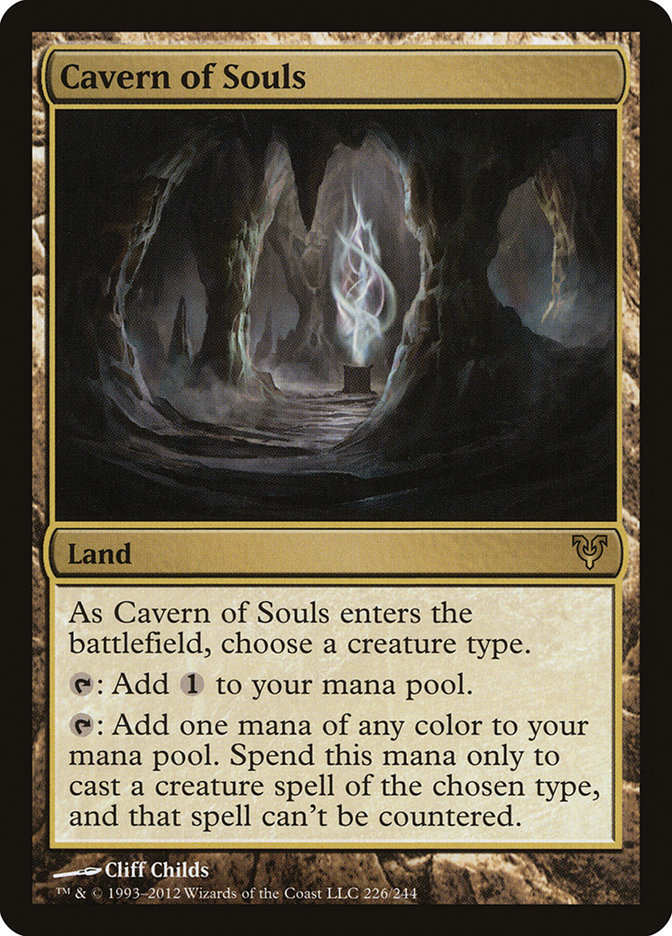Take this down.
My name is Michael J. Flores, and Quicken is the motherf***ing truth. Quote me on that and don’t take nothing out. I knew it could play, but I didn’t know it could play like this. Quicken is the truth.
After playing a ton of Standard with M14, I can say without reservation that Quicken is my favorite card to play with from the set. Yes, there are more obviously powerful or card-advantageous cards like Kalonian Hydra, Lifebane Zombie, and Young Pyromancer. I almost said there are flashier cards, but there is no flashier card than this card that gives flash.
It’s not difficult to look at a card like Young Pyromancer or Lifebane Zombie and get behind it. The first time you let a Young Pyromancer live for a turn you learn your lesson; you will never again play so foolishly if you have the chance. Lifebane Zombie is so exceedingly good at so many small things. Even if it doesn’t rob from you it’s annoying. It makes U/W players blow their Angels early sometimes and always, always gives away information. And then it is so tough to race! Who has appropriate black creatures to hold back, I mean really? Lifebane Zombie is not the kind of card you really want to be resetting with Azorius Charm every turn. And as for Kalonian Hydra? It is about as big a threat level as you can cram into a remotely reasonable casting cost.
It is not difficult to get behind these cards. It doesn’t take a mote of bravery or planned differentiation. But Quicken? Quicken is of the tradition of Aeolipile, of Hickory Woodlot, of Temple of the False God, of Pilgrim’s Eye. Quicken does not make the strategy particularly; it is like the insta-glue on the back of Post-Its. It makes the strategy better.
Quicken is the truth.
Quicken is the truth when it pulls you another land on turn 1.
Quicken is the truth when it only costs you one instead of two (or three) so you have some maximally manageable miracle mana left up.
And Quicken is the truth the first time you pop a Planar Cleansing on the opponent’s end step or an uncounterable Supreme Verdict mid-combat that takes their Angel token too.
Quicken is the truth.
Of course, the truth is going to tell you different things depending on some different things. But—props to my bud Owen Turtenwald for winning a $5K in Chicago last week (Goulet!)—if the format is largely Jund, there is no strategy I would rather be behind than the U/W Quicken Flash deck I played at the StarCityGames.com Invitational in New Jersey. Owen’s Top 8 was 50% Jund with two G/R Kibler decks, the Big Red deck, and Grixis Control. Burn is an X factor because of Burning Earth (more on that later), but 75% of that Top 8 is easy pickings for Quicken tech—and that’s the truth.
I don’t know everything, but I know this deck beats Jund:
Creatures (11)
Lands (25)
Spells (24)

I made one change from the Invitational weekend of cutting the fourth Sphinx’s Revelation for one more Island. With some pretty weird / narrow exceptions, I only lost games where I kept a two-to-three lander with two or three cantrips and failed to find lands. So a 25th land! The deck is substantially favored against green midrange decks (Naya, Jund, etc.) and can beat pretty much anything. Well, maybe not Zvi Mowshowitz G/W Elves deck. But pretty much everything else. It even has fourteen basic lands to fight Burning Earth.
I quite like this deck, and as I said if I were going to play in a tournament where I predicted a lot of Jund, I don’t think I could make a better choice. The only caveat I would give you is to figure out when you should pack game 1 to another control deck. If you get hit with a Drownyard, say, twice, you should probably pack it in unless you have a very clear path to victory. You are substantially advantaged in sideboarded games against Esper Control and U/W/R Flash with your Cavern of Souls + Aetherling sideboard; your goal should be to have enough time on the clock to win two fair games.
U/W/R Flash is harder. It’s harder because it’s rarely clear they have an advantage but you can very easily be in a situation where you are eventually going to lose game 1—it’s just going to take a million years. You don’t want to be down 0-1 with eleven minutes on the clock. The problem with U/W/R Flash is that they might have more permission than you and they definitely have enough burn to kill you if they just try to use it to kill you (at least when considering Snapcaster Mage).
So at some point they are going to figure out they have nothing else to do with that Warleader’s Helix but aim it at you, and your only real life gain game 1 is Sphinx’s Revelation. Both of you have enough removal to kill all the creatures. They have enough permission to keep your Revelations low. You have cantrips where they have burn spells. At some point this isn’t going to add up in your favor. You just need time to execute on your Aetherling plan!
If there is one regret I have about the U/W deck (other than maybe not playing enough lands in the Invitational), it is that its Quickens are not that exciting. I mean, a Planar Cleansing blowout is sweet; a mid-combat Terminus to "save" your Restoration Angel is sweet; but as I wanted to trigger Terminus, I cut even the Divinations that were differentiating factors for this deck. So Quicken doesn’t have that much truth telling to do here.
The truth wants to get out.
I spent a lot of the last week brewing up more Quicken ideas. Like most decks, they have some advantages over existing decks and some weaknesses. It’s all about figuring out how you would shore up the latter or if the metagame is lined up properly for you to take advantage of the former.
The first deck gives you something super sweet to do with Quicken: Rakdos’s Return.
– Quicken
Creatures (7)
Lands (25)
Spells (28)

The truth is I borrowed the initial idea / shell for this deck from the esteemed duo of onetime Milwaukee residents Brian Kowal and Patrick Chapin. I basically replaced their planeswalkers with my Quicken mini-engine. There are good and bad things about such a swap. The good thing is that now you get to play Quicken + Rakdos’s Return. You can now Pillar of Flame a Mutavault during combat. Besides the fact that I super wanted to play that exclusive of metagame considerations, one thing I was in particular wary of was Zvi’s G/W Elves deck.
That deck can be very non-intuitive to beat, and even if you kill all the little guys, there can be leaks in your boat. Like they can sit back and level up Garruk every turn and gain DI card advantage and counters on their planeswalker and at some point it won’t matter at all that you killed all their little Elves.
Rakdos’s Return fights Garruk’s card advantage and can kill Garruk outright (at the same time). You can unlock the Cyclonic Rift achievement and send the opponent into the Stone Age.
This deck is exceptional against offensive decks. Izzet Staticaster is—especially in multiples—a complete lockdown for many rush strategies. Pillar of Flame, Mizzium Mortars, and so on combined with Snapcaster Mage will crush weenies. The mix of cards like Far // Away , Barter in Blood, Tribute to Hunger, and so on give you strong resistance to Bant Hexproof (as long as Sigarda, Host of Herons is not in play).
Finally, Gilded Lotus gives the deck powerful resistance to Burning Earth. There is nothing like being able to outmaneuver a red deck with Burning Earth on the battlefield, maybe taking a point every three turns, running off the mighty Gilded Lotus. Some of the sideboard cards were chosen specifically based on how they work with Gilded Lotus. Dissipate is generally weaker than Counterflux in a U/R deck, but one of them is a clean cast off a Lotus tap.
Vampire Nighthawk may be the most important card in the 75. I tried a lot of different cards, but Nighthawk is exactly the Vampire for the job.
Not only does it come down on a Lotus tap, but it does two important things. 1) It gives you life gain to keep you going even though Burning Earth, and 2) it murders Bant Hexproof. Vampire Nighthawk literally solo outclasses Geist of Saint Traft heads up; it makes life very difficult for the Host of Herons.
Now I did say there is good and bad, and from the "bad" side the move from U/W or U/W/R Flash to Grixis costs you Sphinx’s Revelation. The Grixis deck has a reasonable amount of card advantage for a regular deck, but without three or four Sphinx’s Revelations it has substantially less card advantage than the standard Standard blue control deck. One way around this is to let the opponent Revelation and respond by tactically following up with Quicken + Rakdos’s Return. Contextually this is a reasonable play, but it doesn’t solve the problem of you being a bit under card advantaged and without Sphinx’s Revelation’s explosive life gain. In matchups where you need that, you need to lean on Vampire Nighthawk and probably side in Tribute to Hunger.
If I were predicting more rush / aggro (though not necessarily burn), I would go Grixis over U/W, but again U/W is the best deck I know of if you are facing a room full of Jund / midrange.
Here’s the thing about the truth; the truth of the matter is that everyone likes two things: repetition and variation. It’s the reason we like both monster jams and three-point dagger clinics, Taylor Swift and Ke$ha.
I got into U/W Quicken Flash to trigger Terminus. What about all the other miracles? The truth is they are very exciting too!
I went back and looked at the great Alexander Hayne’s winner from Pro Tour Avacyn Restored and asked myself why people stopped playing miracles-based decks. Aren’t miracles some of the most powerful cards in the format? Have miracles acquired cooties?
Here is a swing:
Lands (27)
Spells (33)

As with any variations, there are trade-offs, good and not good. When you are playing miracles, you are playing massively expensive cards [when you have to pay retail]. That makes it really hard to gain value via cards like Snapcaster Mage. Hayne played a deuce in his sideboard, but here I didn’t.
Your deck is dramatically swingier than a Flash deck. Your great draws often feel unbeatable, but your clunkers are really clunky. Is there a reason you would play an explosive—though (more?) powerful—deck like Miracles over a more consistent U/W Flash deck? Well, maybe you wouldn’t, but there are certainly reasons why some players would and would be right to do so.
Imagine two different decks that both present an average value of 5.5.
One of those decks always rolls fours or sevens.
The other always rolls twos or nines.
Again, they present the exact same value on average over time. But a deck that rolls twos and nines is substantially swingier than one than rolls only fours or sevens. The deck that rolls nines is massively more insurmountable on its best draws, but it can roll a two. The deck that rolls fours and sevens is probably more suited to a more skilled player. They will be able to eke out small percentages or maybe convince their opponents to not win for a turn or two. They will be in a position to win games where their opponent rolls a five even with a low-end four. The swingier deck is going to have problems doing that, but it will win different games. On its best draws, that deck will also be able to give back big chunks of value on possible misplays.
The possible justification?
The swingier deck is going to have problems winning with its twos. The opponent has to draw super badly. But here’s the thing: a less familiar player might have problems winning with fours as well, especially against a strong one. So a player who is less likely to win with a below average four is actually giving up very little trading their fours in for twos, but on balance they gains these super powerful nine draws that are going to auto win.
On balance a highly skilled player gains less from nines. They can beat average draws with sevens and can beat weak players rolling nines when they give up a point hither or thither. The truth is players like Gerry Thompson on Flash win with their fours all day! Unless the entire room is capable of rolling nines on a semi-regular basis, these players need no swing for the swingiest fences. Extended with Dredge and TEPS? Might have to reconsider your "consistency." But elsewise? One 5.5 rewards skill, and the other 5.5 costs little but gives its masters contextually so much more.
I’m not saying that any particular decks conform to these digits specifically, but I’m sure you can grok these truths as being self-evident.
This one borrows the Drownyard splash from the Esper Flash decks from a few months back; it therefore has a reliable way to win even if something happens to its 4/4 Angels. Elsewise it’s pretty straightforward.
Of the various miracles, Devastation Tide is probably the most underrated in Standard, in particular against Bant Hexproof. It turns out that you don’t need to actually Supreme Verdict their guys when you have an extra set of faux Terminus that will mess up their attacks and Aura placements. Devastation Tide gives you the ability to deal with problem permanents semi-passively (for example, you can overload the card advantage of Garruk, Caller of Beasts pretty easily by capping it and everything else at seven), and hey, one more way to fight a Burning Earth.
The Miracles deck—despite its Drownyard splash—still manages to post double-digit basic lands. At one point I tried Gilded Lotus, but that was a bit of a nonbo with Devastation Tide (great way to actually cast your miracles though).
Of the various kinds of decks you might play against, Miracles can often perform quite favorably, but Miracles will rarely provide a back-and-forth chess game. It has tools to pull out long ones, but much of its competitive edge is just hitting an Entreat the Angels early or an Entreat the Angels big time. The glaring exception is straight rush decks. Even a turn 3-4 Entreat the Angels was not doing it consistently there.
These are a huge problem game 1 (especially red decks); I found that Fiendslayer Paladin out of the sideboard actually went a long way in fixing things. Sometimes—games you are all over it—you can try to win with Paladin beatdown, but usually its job is just to guard you while you develop your resources. If you are really super wary about that wing of the metagame, might I suggest Celestial Flare?
Important thing to take away from this: with Quicken, you don’t actually have to miracle your big spells on the opponent’s turn. Sometimes you can just catalyze sorceries and show the opponent your maindeck Planar Cleansing. Which isn’t even a miracle, but the truth is? It’s always so much fun.
LOVE
MIKE




